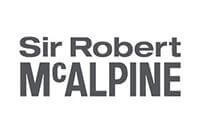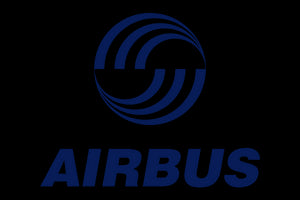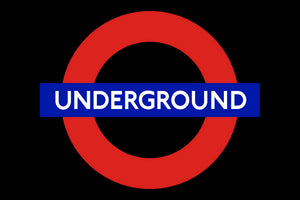Would your jobsite pass a surprise dust inspection?
If you’re cutting, sanding, and drilling construction materials, chances are good you’re breathing toxic dust on a regular basis.
If silica dust and other hazardous airborne particles made you sick after one or two exposures, it would be taken much more seriously as a threat. The problem is, it takes time to develop symptoms, which is what makes it easy to dismiss.
Make no mistake, dust can kill.
Even with basic protection, tradesmen are diagnosed with serious health issues due to improper dust control every day.
In addition, the most deadly dust isn’t necessarily the kind that piles up on everything while you’re working. It’s completely invisible, and embedding itself into your lungs where it builds up over time.
From Prof David Fishwick, HSE’s chief medical advisor:
“Some of the most severe lung diseases caused by breathing in dust particles are pretty much preventable, if those exposures are stopped. It’s vital, in my view, that workers take precautions on site to prevent breathing in dust particles.“
HSE respiratory health site inspection initiative for the construction sector
Running from Monday 6 June - Friday 1 July 2022, the HSE are doing on-site checks focused on maintaining the long-term respiratory health of construction workers.
No matter what size your business, you have a legal and ethical obligation to the health and safety of your workforce through proper dust mitigation and protection.
Dust control at the source
Quality dust shrouds fit onto angle grinders and core drills, capturing dust before it even enters the air. When paired with a suitable vacuum, you can be confident of virtually 100% dust extraction at the source.
Clearing the air with confidence
For ensuring your workspaces stay clean and air quality stays high, a good air scrubber is essential. They run quiet, are energy efficient, and with HEPA filtration can remove up to 95% of dust from your work space.
Personal protection that works
Of course the last line of defence is a proper wearable mask. Low-quality masks that don’t fit well do little to effectively prevent breathing harmful dust like silica. Make sure your masks have the right fit, are low profile, and offer easy breathing.
Overexposure to even invisible jobsite dust can lead to irreversible lung damage and diseases including mesothelioma, silicosis, and cancer. There are no excuses why anyone should be working in spaces where airborne dust isn’t controlled.
For the health and safety of your employees, and yourself, take the necessary steps to maintain a dust-free work environment.














